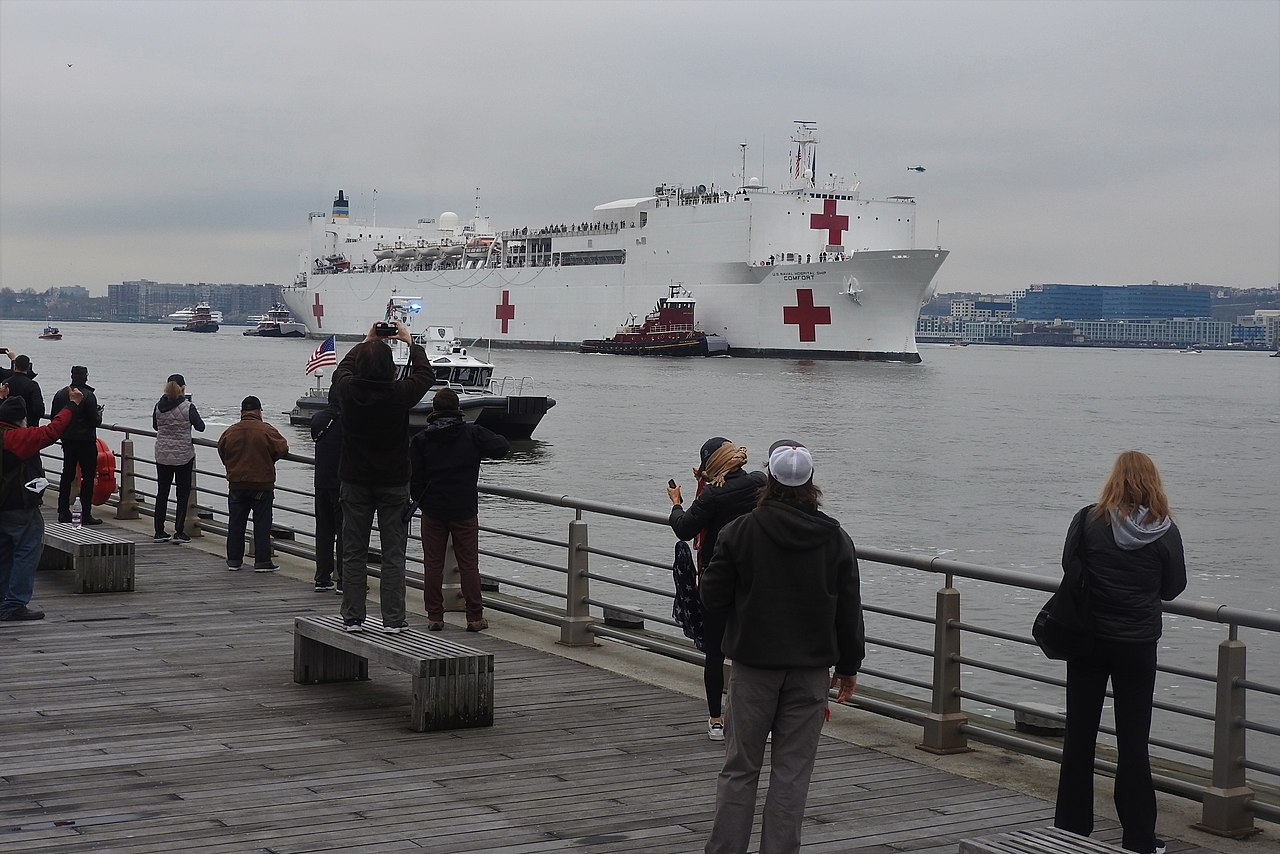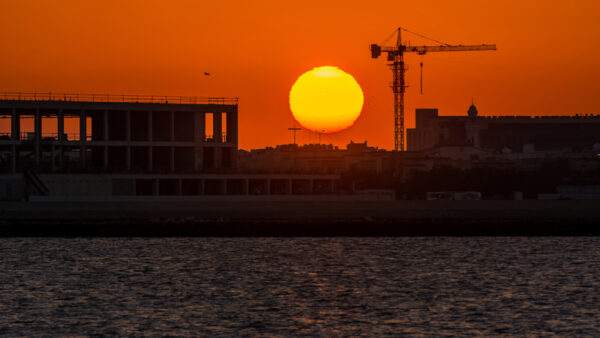Coronavirus brought New York City to its knees but, thanks to coordinated action, it is now on the mend, writes Porie Saikia-Eapen FAIA FCIOB RIBA, who lives in New York and advises on built environment matters.
On the morning of 17 March 2020, New Yorkers got a message from their employers to go home and stay there until further notice.
In the next ten days, in this place that normally buzzes like a beehive, you had to look hard for another human being.
Ridership on all modes of public transit – metro, bus, commuter rail – fell by between 80-95%. Weekday car traffic into the city fell by 60%.
The first two Covid-19 deaths were reported on 14 March. Two weeks later, on 30 March, the death toll had climbed to 1,218.
As of now, the total death toll in New York City stands at 15,293, with positive cases at 194,550.
Everyone but essential workers sheltered in place. All businesses closed except for pharmacies, gas stations, grocery stores, and of course emergency medical clinics and hospitals.
The homeless flooded the subway stations and tubes looking for shelter. As a result, essential workers were in more peril getting to work and back.
The energetic city was brought to its knees in less than two months, and earned a new name: the Epicentre of Covid-19.
Circling the wagons
As in any time of crisis, New York City circled the wagons. The City and State together came up with a plan to fight back.
Infrastructure construction was deemed essential and continued with extra precautions. Like other essential personnel, construction workers are screened when they arrive on site and when they leave, by having their temperature taken. If their temperature is above 100 degrees F, they are sent home.
Voluntary antibody blood testing began in mid-April.

The US Navy’s Mercy-class hospital ship, Comfort, sailing into harbour in New York (Jim.henderson/CC BY-SA 4.0)
As the virus raged, the MTA finished a tunnel project three months ahead of schedule, and $100m under budget.Â
Prisoners produced a hundred gallons of WHO-recommended hand sanitiser a week for public employees.
Masks and facial coverings were manufactured for essential workers.
The US Navy’s Mercy-class hospital ship, Comfort, sailed into harbour. Emergency field hospitals in Central Park and clinical rooms in the Jacob Javits Convention Center were built at speed.
For the first time in its 116-year history, the city’s subway network shut down for four hours a night from one to five am, so every subway car could be disinfected.
Even during the nightly subway suspension, essential workers can use an enhanced bus service, or request a free ride from taxis.
Most office workers are now equipped to work remotely. Some are working longer hours than usual for lack of external distractions.
All students are being taught online. Delivery vehicles are busy with groceries, meals-on-wheels and restaurant take-out orders.
In the first week of May, the number of daily deaths in the city fell to just under 300, after peaking at 932 on 31 March.
The curve continued to flatten thanks to government protocols, self-monitoring, face-covering and social distancing. On 9 May, the city’s daily death toll dropped to double digits (92) and has continued to fall.
The way forward
Since 19 April the State of New York has been antibody testing a random sampling of 15,000 people at grocery stores and community centres. The results showed that 12.3% of the state’s population have Covid-19 antibodies. In New York City, that figure rises to nearly 20%.
On 24 April, State Governor Andrew Cuomo outlined a plan to re-open New York, starting with construction.
The plan will be implemented in phases and is based on the analysis of crucial data, region-by-region.
The rate of hospitalisation, of infection, and the results of antibody tests will determine how fast a region can re-open.
For instance, based on Center for Disease Control (CDC) recommendations, once a region experiences a 14-day decline in the hospitalisation rate it may begin a phased re-opening.
Today, there is a distinct possibility of 50% of the city coming back to life by mid-June.
New York City is on the mend, rising above the pandemic, wiser and more determined to carry on better than ever.
Top image: A desolate Grand Central Station (Patrick Cashin/MTANY)
Comments
Comments are closed.







Very interesting and emulative for other cities too!